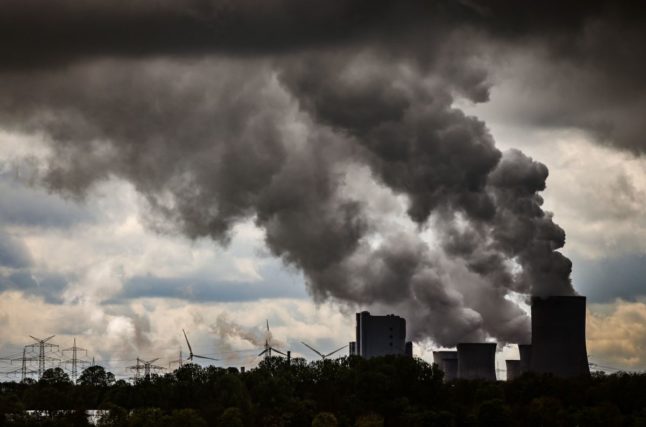There's been some mixed weather across the country during July, including some showers.
But on the last day of the month the hottest day of the year is forecast. Across the country, the mercury is expected to rise above the 30C mark on Friday.
And 37C to 38C is expected locally in the Rhine area, according to a forecast by the German Weather Service (DWD).
In the north and east of the country, temperatures will be slightly lower, with highs of about 24 to 30C expected.
On the coast it will be around 21C. Almost the whole of Germany is expected to have sunshine all day long, and it's only in the northeast where it will be cloudier at least in the first part of the day.
Around the Alps and in the Black Forest area, there may be more compact cumulus clouds in the afternoon and a low risk of heat thunderstorms.
READ ALSO: Storms and downpours expected in eastern Germany
Readers will be glad to know that Saturday will also be hot. In the south and southwest it could again reach 38C.
On Sunday, a westerly current will bring cooler air and the 30C mark will probably only be broken in the far east of the country. The risk of showers and thunderstorms will increase significantly from the west as early as Saturday.
The new week will start off slightly cooler with temperatures between 22 and 27C.
Meanwhile, according to weather experts July has been a dry month.
With around 50 litres of rain per square metre, July only reached 65 percent of its target of 78 litres. Areas where the rainfall target was met were mostly in the south and the far north of Germany.




 Please whitelist us to continue reading.
Please whitelist us to continue reading.
Member comments